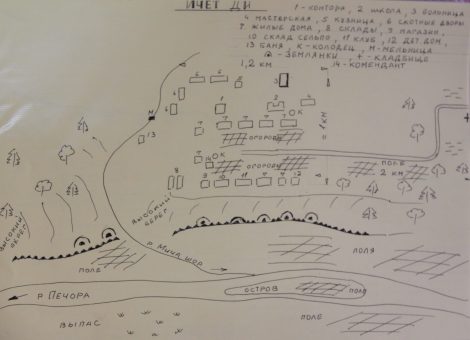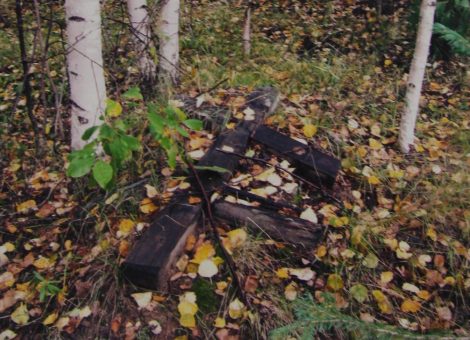
Карточка
№11-137
№11-137
Даты захоронения
1931 – 1950-е
1931 – 1950-е
Кладбище спецпоселка Ичет-Ди
Адрес:
Республика Коми, Вуктыльский район, пос. Ичет-Ди (нежил.)
Доступность вне населенного пункта:
Личный или специальный транспорт, Пешком
Регламент посещения:
Не регламентировано
Комментарии:
Памятное место доступно автотранспортом, далее пешком
Типология
Кладбище спецпоселенцев
Характер современного использования
Культурно-просветительное
Туристическое
Туристическое
Наличие памятных знаков
Есть
Категория охраны
Региональная

